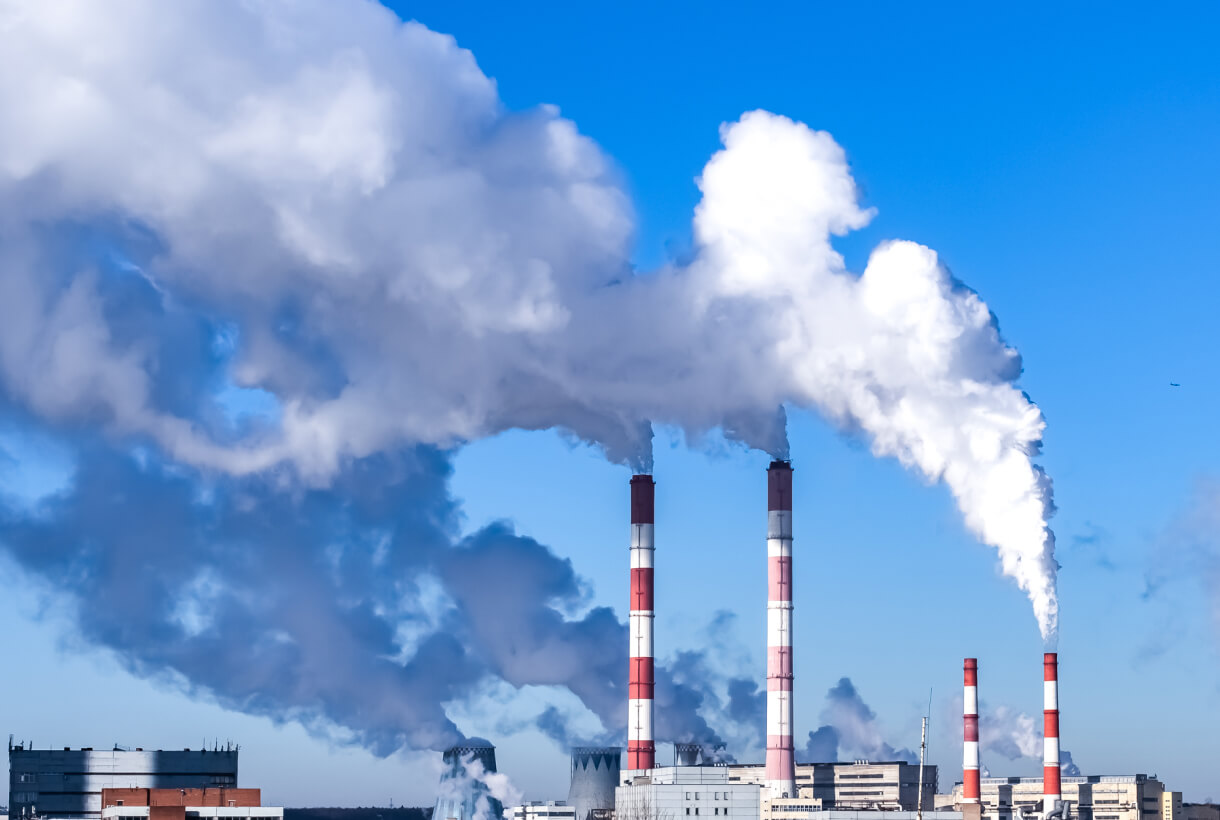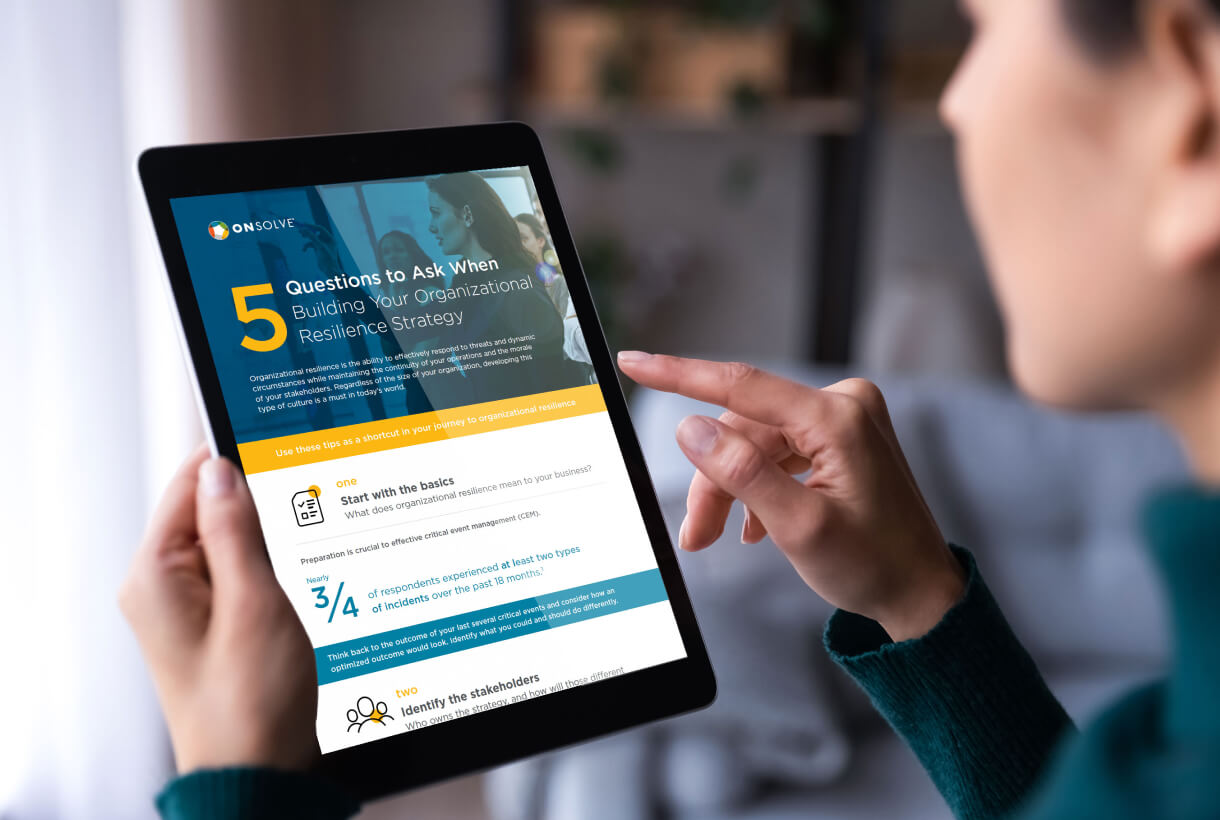In the last two years, the climate crisis has reached a fever pitch, with all aspects of life and business being impacted. Governments globally are making renewed net-zero emissions goals, and even blue-chip businesses are making their own promises to reduce emissions and leverage clean energy in operations.
This isn’t the only side effect of climate change. Catastrophic weather events have become both more frequent and more severe. Wildfire season has extended to be almost year-round, tornadoes are touching down in December, hurricanes are making landfall more frequently and there has been a major uptick in flooding globally. Severe weather brought on by climate change isn’t getting better. In fact, it’s likely only going to get worse, more complex and more unpredictable. Business leaders must understand the risk implications this can have on their operations going forward.
How The Climate Crisis Impacts Business
When we think about weather, we don’t often think about its impact on business or critical industries, such as supply chain or energy. But one major weather event can shut down a company’s operations for weeks, cutting power, decimating warehouses and delivery routes and making it impossible for employees to process time or make payroll. Even an event in a nearby town—or across the country—can cause issues for a company.
When a tornado swept through a nearby town, causing damage and knocking out power, a major airline experienced a major disruption that wasn’t a direct result of a power outage. Many of its employees lived in the town hit by the tornado and were unable to get to work for a full week. This meant canceled and delayed flights, lost revenue and a labor shortage in an already strained travel industry. Another example? During Hurricane Ida, a global hotel chain braced for operational impact and physical damage in the New Orleans metro area, but they didn’t plan for the major flooding that hit their operations in New York.
More and more, companies are also realizing the financial impacts. Along with extreme weather that could disrupt supply chains, stricter climate regulations could hurt the value of coal, oil and gas investments. These events can also increase insurance costs and liability. For example, Pacific Gas and Electric had to file for bankruptcy protection against more than $30 billion in fire liabilities after its power lines sparked California’s deadliest wildfire in 2019.
There’s a complex web of factors that cause downstream effects for a business. Some are foreseeable. Many are not.
Companies have a responsibility to keep their employees and assets safe in the face of extreme weather. To do this successfully, you need to:
Prepare for outcomes instead of events.
It isn’t enough to simply know that a threat exists. Businesses also need to understand how these threats can impact their people, places and property. Many organizations still only manage the event (e.g., a tornado) rather than the outcome (e.g., power outage, labor shortage, customer impact).
It’s important to bring the right leadership to the table once a critical event is detected, so the entire company can consider physical threats and how it could impact their area of remit. Informed with a true view of risk, security and operational leaders should then build a more specified business continuity plan to prepare for such worst-case scenarios. To be fully prepared, map out not only your assets and people but also areas such as data centers, second-tier suppliers, shipping routes and more. Make sure these preparations are part of regularly reviewed and tested business continuity plans.
Utilize technology to help plan and streamline communication.
To ensure these plans are well functioning in advance, it’s important to update your approach to managing risk. By leveraging technology like artificial intelligence and broader datasets, organizations can detect weather events early, monitor how they evolve, alert their employees or operations teams and help guide them to safety or avoid major service disruption.
To know when a storm is approaching and evolving, risk teams need monitoring methods. Leveraging AI and natural language processing can help them scan social media, news outlets and even the National Weather Service to track threats and prepare for impact. Comparing current weather against historical data on past storms can even help risk teams predict what the impact could look like and plan accordingly.
Communicating with stakeholders in real time is one of the most important factors in managing rapidly evolving events like severe weather. Businesses need critical communications systems that allow them to effectively and efficiently reach stakeholders. Test these systems in advance and draft templates to ensure quick alerting and accurate recipient groups.
As the climate crisis persists, so too will the impacts of climate change on operational agility. For organizations to remain resilient in the face of worsening and more frequent extreme weather events, they need to monitor them, identify threats, communicate with their stakeholders and prepare for impact. This is how you can live up to your duty of care to keep your people and assets safe.
Ready to learn more? Download the infographic: 5 Questions to Ask When Building Your Organizational Resilience Strategy.
Originally published in Forbes, April 2022


